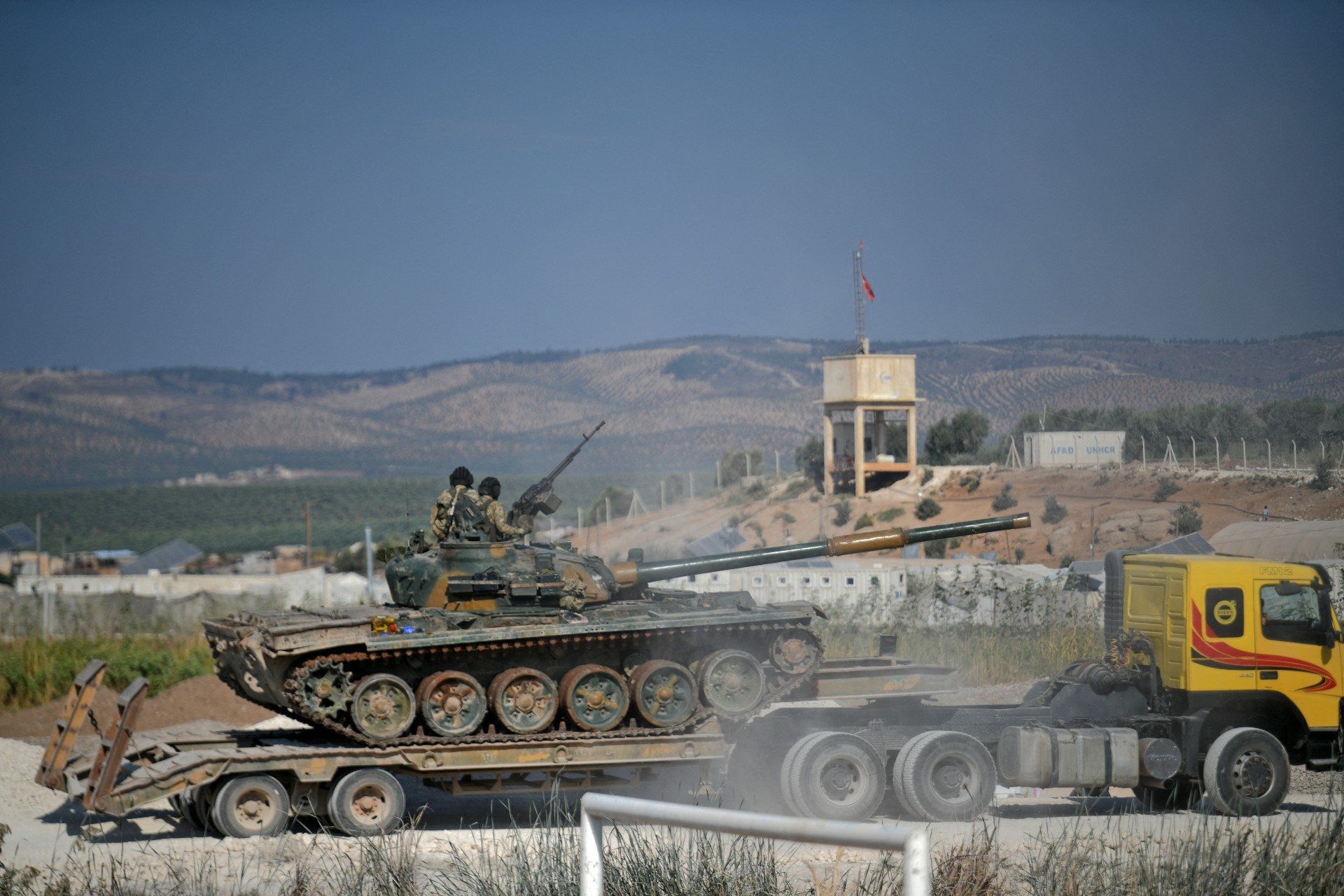The Facts
Infighting between rebel factions within the Syrian National Army (SNA) and Hya'at Tahrir al-Sham (HTS) – formally known as Jabhat al-Nusra (the Syrian offshoot of al-Qaeda) – reignited on Monday following the collapse of Saturday's Turkish-sponsored ceasefire. More than a dozen have been killed in the latest bout of fighting so far, including one civilian.
Clashes first erupted on Thursday when the SNA's Third Legion accused the Hamza Division, another SNA rebel group active in northern Syria, of assassinating a prominent activist. The Levant Front, the most high-profile group within the Third Legion, attacked the Hamza Division in the city of al-Bab, leading to HTS and other Turkish-backed groups siding with Hamza.
The Spin
Narrative A
HTS's attacks on Afrin and Azaz only serve to weaken the Syrian revolution and advance the interests of foreign powers, such as Russia and Iran. It seems likely this is a cynical ploy by HTS to safeguard its leadership's position in the event of a reproachment between Damascus and Ankara. HTS’s invasion of Afrin could have been reversed by Turkey—as a prior foray into Afrin’s countryside was in June—with a single phone call. Why wasn't it?
Narrative B
Infighting between SNA militias should be understood as part of Turkey’s divide and rule policy in Syria. Despite the rhetoric of SNA militias being different from HTS, these Turkish-backed factions occupying northern Syria are reactionary militants who aim to create an ultraconservative theocracy. Although originally created in opposition to the Syrian state, since being co-opted by Turkey they've focused attacks on targeting ISIS and the Kurdish-led, secular, left-wing Syrian Democratic Forces.
